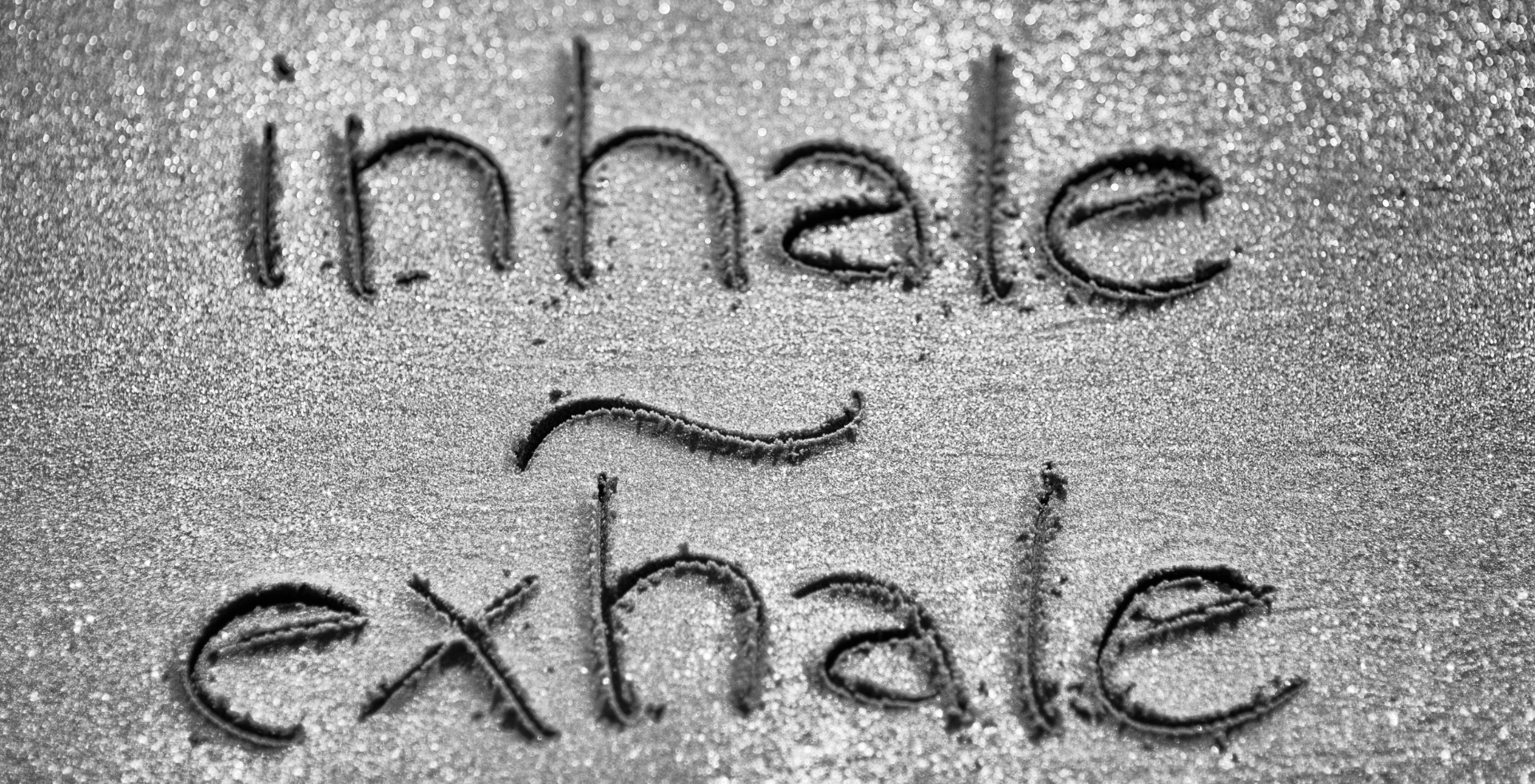
10 May The Art of Breath: Exploring the Intricacies of Breathwork
Breathwork is more than just inhaling and exhaling; it’s an art form that encompasses a wide range of techniques and practices. In this blog post, we’ll delve into the intricacies of breathwork, exploring its history, philosophy, and diverse methodologies. From ancient traditions to modern applications, join us on a journey to unlock the full potential of your breath.
Breathwork has been practiced for centuries, with roots in ancient civilizations such as India, China, and Greece. These cultures recognized the profound connection between breath and life force energy, developing intricate systems of breath control and meditation to harness its power.
Today, breathwork continues to evolve, with practitioners drawing inspiration from various disciplines including yoga, meditation, and psychology. From the rhythmic breathing of pranayama to the cathartic release of holotropic breathwork, there’s a breathwork practice suited for every individual and intention.
But breathwork is not just about technique; it’s also about intention and awareness. By cultivating mindfulness and presence, we can deepen our relationship with our breath, tapping into its transformative potential to heal, energize, and awaken our true essence.
In the coming weeks, we’ll explore different aspects of breathwork in more detail, from its physiological effects on the body to its profound impact on mental and emotional well-being. Join us as we embark on this journey of self-discovery and transformation through the art of breath.




